Tron focuses on decentralized content sharing and high throughput but struggles to match Solana’s transaction speeds and scalability. Bridging from Tron to Solana can enhance your portfolio’s growth potential. This guide will show you how to bridge from Tron to Solana, allowing you to explore and benefit from both ecosystems.
Can I Bridge from Tron to Solana?
Yes, you can bridge assets from Tron to Solana using platforms like Allbridge, a cross-chain bridge, or Rango Exchange, a bridge aggregator. However, since Tron and Solana operate differently and have few similarities, it’s challenging to use a single self-custodial wallet like MetaMask for both networks. Therefore, users will need separate wallets: one compatible with Tron for bridging assets and another compatible with Solana to receive the bridged assets.
Important: Phishing scams and fraud are common with untrusted bridges. Connecting your wallet can lead to stolen funds.
This approach ensures a smooth transaction process across the different blockchain architectures. Additionally, be aware of the fees associated with each bridge, as they can vary based on the platform and the assets being transferred.
How to Bridge from Tron to Solana
In this guide, we’ll explore two methods for bridging assets from Tron to Solana. The first method involves using Allbridge to transfer stablecoins from Tron to Solana. The second method utilizes Rango Exchange, which operates on a bridge aggregator model to facilitate the transfer.
Using Cross Chain Bridge
Using Allbridge Swap is an efficient way to bridge assets from Tron to Solana. Built on Solana, Allbridge connects various blockchains, both EVM and non-EVM, to Solana, enhancing blockchain interoperability. With Allbridge, users can bridge Tron stablecoins and receive stablecoins on the Solana network, making the process easy to understand and accessible.
The platform facilitates seamless token transfers by bridging the gap between different networks, focusing on a borderless blockchain experience. It simplifies the process by connecting wallets, selecting assets, and handling transfers, ensuring a smooth transition across diverse blockchain architectures.
Here’s how to bridge assets from Tron to Solana with Allbridge:
Step 1: To begin the bridging process, navigate to the Allbridge portal in your browser.
Step 2: Here, simply click on the “Swap Stablecoins” button to open Allbridge Swap.
Step 3: Now, we need to select the network and the token to bridge. Click on the “Select chain and token” button at the top.
Step 4: The “Swap from” window will now open. Here, select the “Tron” network, and Allbridge will display all the stablecoins available for this network. Choose a stablecoin to bridge.
Step 5: Click on the next “Select chain and token” button, then select the Solana network and a stablecoin to bridge from the “Swap to” window.
Step 6: Once the chains and token have been selected for bridging, click on the “Connect Wallet” button to connect your Tron and Solana wallets to Allbridge.
Note: If you want to bridge using a single wallet, try using the OKX wallet, which is compatible with both Tron and Solana.
Step 7: After the wallets have been connected, specify the amount of stablecoin you wish to bridge from Tron to Solana.
Step 8: After specifying the amount, Allbridge will display all the transaction details. Users can make a few changes, such as adjusting the gas fees or selecting a token to be used to pay for the Relayer fee.
Step 9: Once all the transaction details have been reviewed, click the “Send” button to proceed with bridging from Tron to Solana.
Bridging assets with cross-chain platforms offers several benefits, including lower fees since you’re using the platform directly. However, a challenge for new crypto users can be finding reliable platforms amidst frequent fraud and scams in the space.
Using Bridge Aggregator
Another approach to bridge from Tron to Solana is by using a bridge aggregator like Rango Exchange. Bridge aggregators streamline the bridging process by providing different routes for transferring assets between chains, saving you the effort of finding individual cross-chain bridges. They handle the complexities of routing transactions through the best paths available, optimizing for security, cost, and speed.
As a bridge aggregator, Rango provides a wide array of tokens and bridging options, optimizing transfers for efficiency. It ensures high security and reliability with access to over 100 DEXs and bridges, smart routing for reduced fees, and exceptional liquidity. Supporting over 60 chains, 68 DEXs, and 25 wallets, Rango offers a seamless, KYC-free experience for cross-chain transactions.
Step 1: Open your browser and go to the Rango Exchange website, then click on the “Launch App” button to access the Rango Bridge.
Step 2: On the Rango Bridge, choose both the networks and the token for bridging, which are Tron and Solana.
Step 3: Once the networks are selected, click on the “Settings” icon to configure the bridging transaction settings, including the number of routes to show and the slippage tolerance.
Step 4: Then, let’s link our Rango Exchange to the Tron and Solana wallets for bridging by selecting the “Connect Wallet” button.
Step 5: Once the wallets are connected, just enter the amount you want to bridge from Tron to Solana.
Step 8: Rango Exchange provides a list of available bridging routes, highlighting the top choices for speed and efficiency.
Step 9: Pick the route that meets your needs for transferring assets from Tron to Solana and then press “Swap”.
One of the key benefits of using bridge aggregators is the wide range of options they offer. However, managing multiple wallets can still be a challenge for many users. As an alternative to bridging, you might consider using decentralized exchanges like Binance or KuCoin, which allow you to buy and sell assets directly without dealing with bridging complexities or managing multiple wallets.
Bottomline
Once you figure out how to bridge from Tron to Solana, a vast ocean of opportunities will open up for you. Bridging allows you to tap into Solana’s high-speed, low-cost transactions and its thriving DeFi ecosystem, broadening your investment horizons and enhancing your crypto strategy. While it’s essential to remain vigilant and cautious during the bridging process, methods such as using the Portal Bridge, Rango Exchange, or other reputable bridge aggregators are generally secure options for moving your assets.
FAQs
1. What are the primary risks associated with bridging assets from Tron to Solana?
When bridging assets between blockchains, you face several risks including potential security vulnerabilities in the bridge itself, transaction failures, and high fees. It’s crucial to use reputable platforms and double-check transaction details before finalizing. Additionally, because you are dealing with different blockchain architectures, there is a risk of delays or issues in the asset transfer process.
2. Are there any specific prerequisites for using Allbridge or Rango Exchange for bridging?
Yes, before using platforms like Allbridge or Rango Exchange, ensure that you have compatible wallets for both Tron and Solana networks. For Allbridge, you need wallets that support Tron and Solana, while Rango Exchange requires connecting to wallets that are compatible with the networks you are bridging between. Make sure your wallets are set up and funded with the necessary assets before starting the bridging process.
3. What are the differences in fees between using a cross-chain bridge and a bridge aggregator?
Cross-chain bridges typically charge fees based on the specific service they provide, including gas fees and platform fees. Bridge aggregators, on the other hand, may charge a small fee for routing transactions through multiple paths to find the most efficient and cost-effective route. Generally, bridge aggregators can offer better fee optimization by comparing various routes and fees across multiple bridges.
4. Can I use a single wallet for all my blockchain transactions, including bridging assets between Tron and Solana?
Currently, it’s challenging to use a single wallet for bridging assets between blockchains like Tron and Solana due to the different technologies and network requirements involved. While some wallets support multiple chains, you may need to use separate wallets compatible with each network or utilize bridge platforms that can connect with multiple wallet types. Keep your wallet software updated and follow best security practices to safeguard your assets.


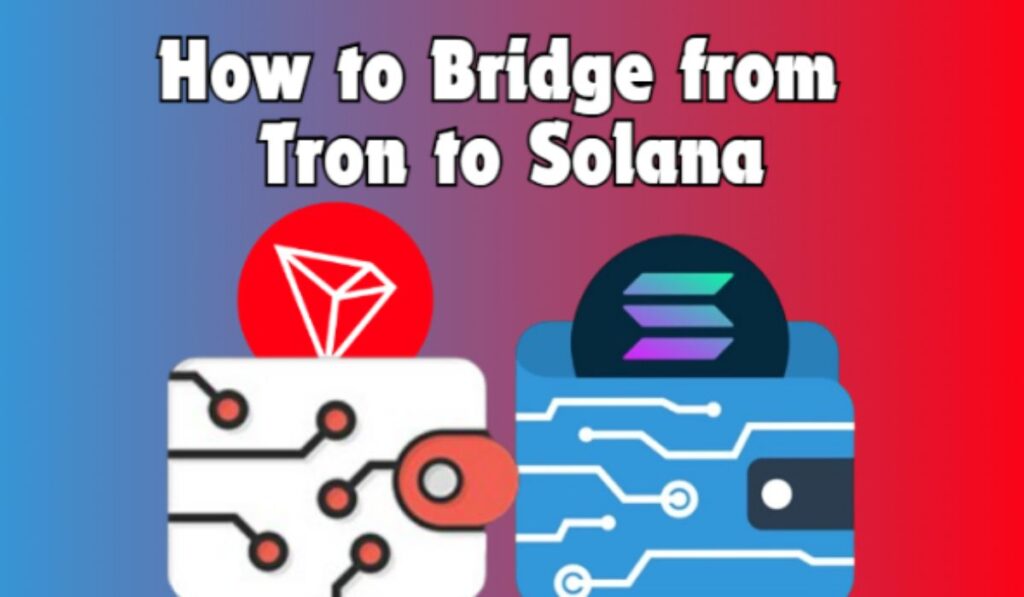
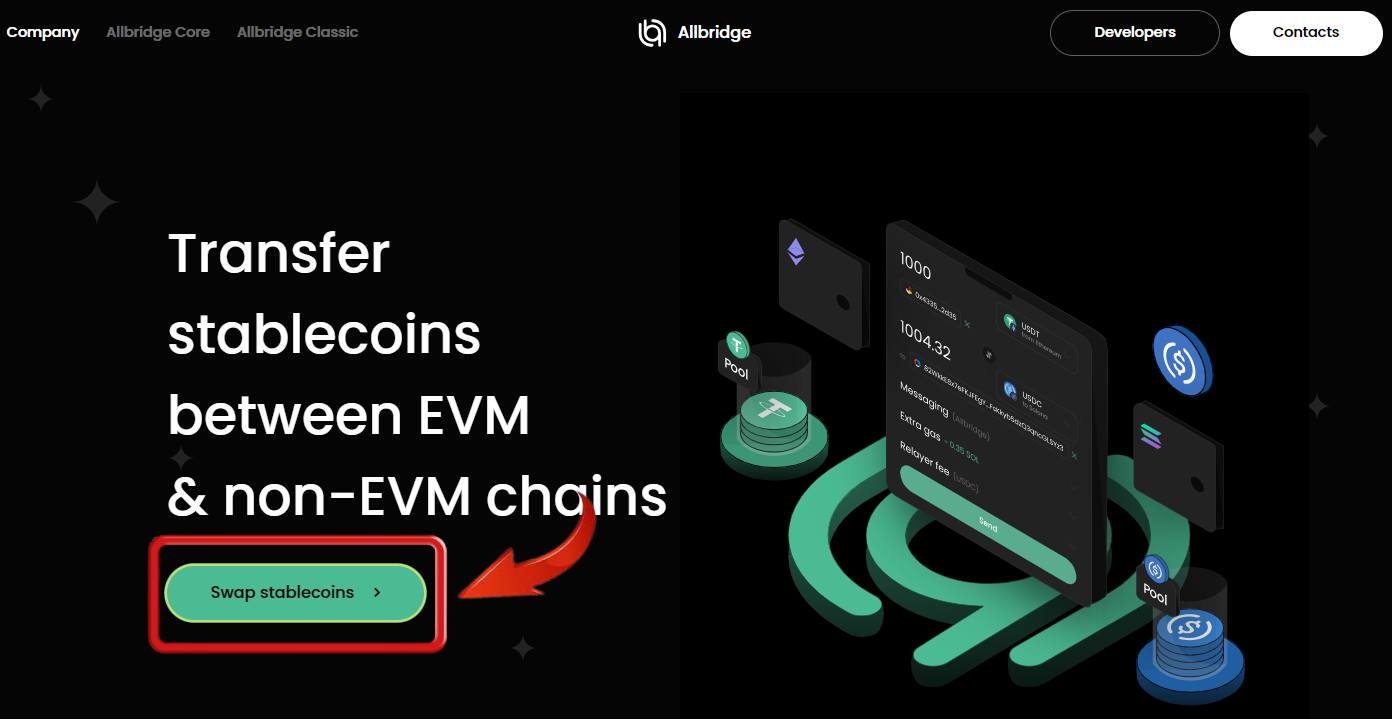
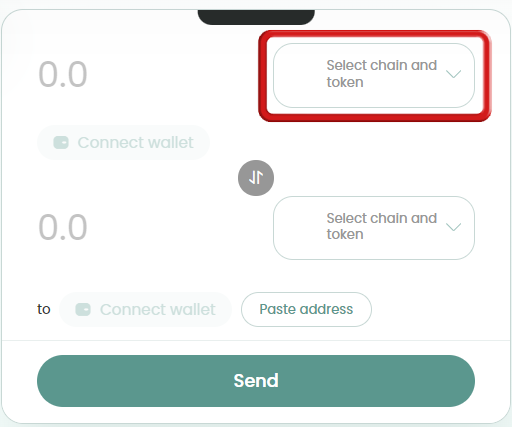
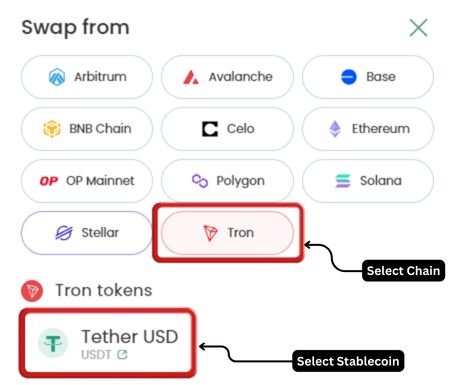
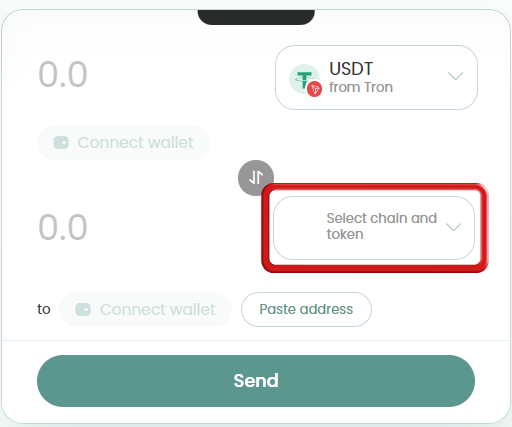
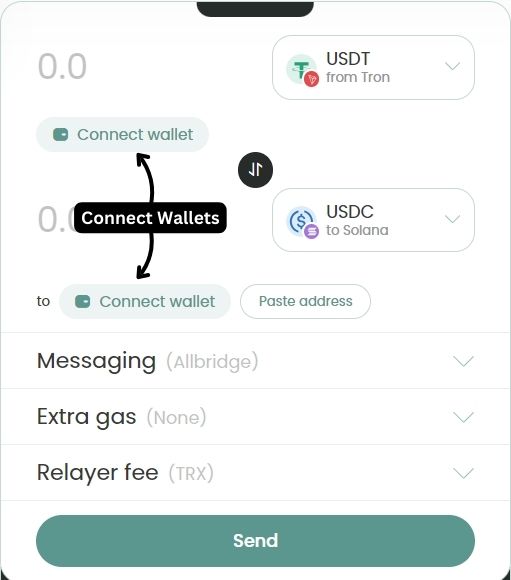
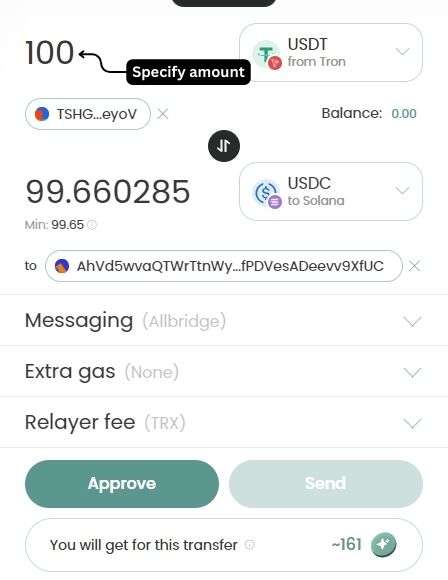
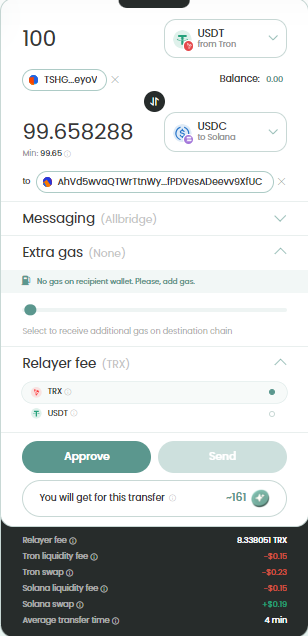
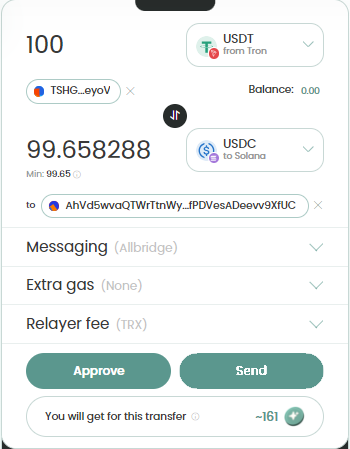
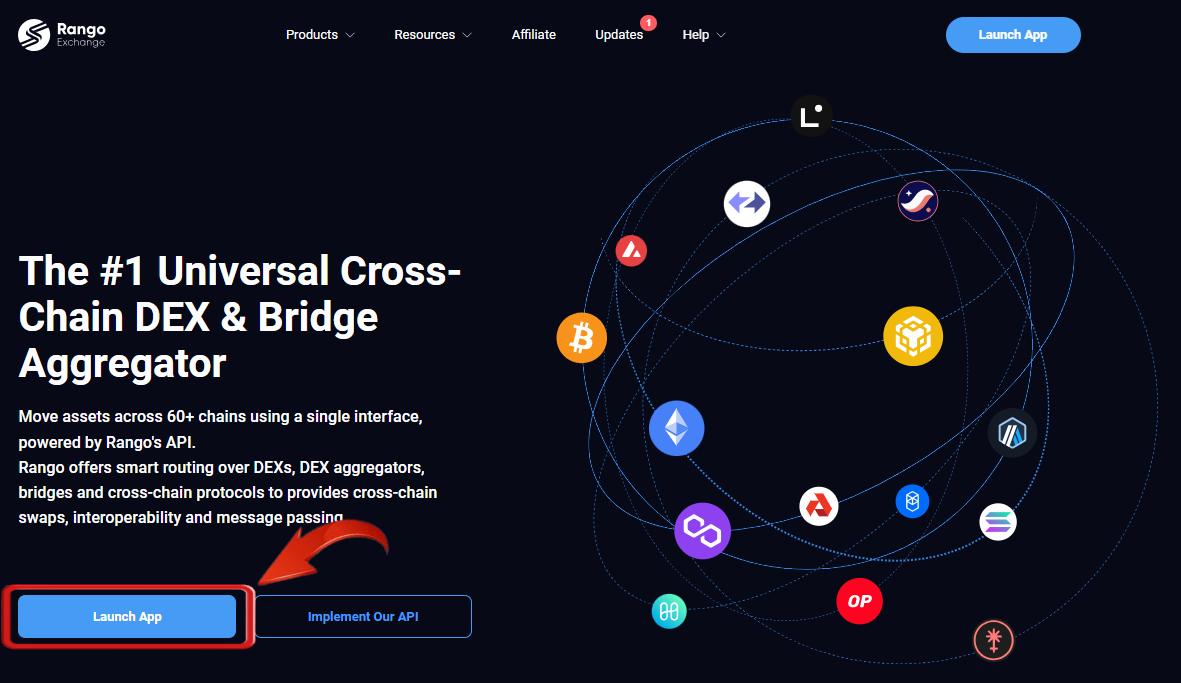
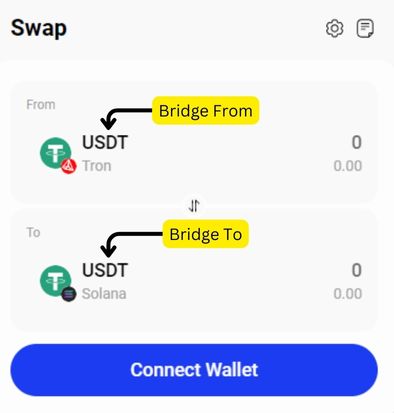
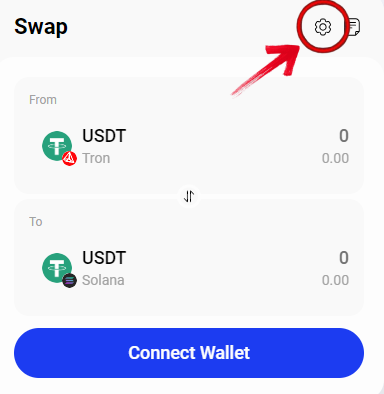
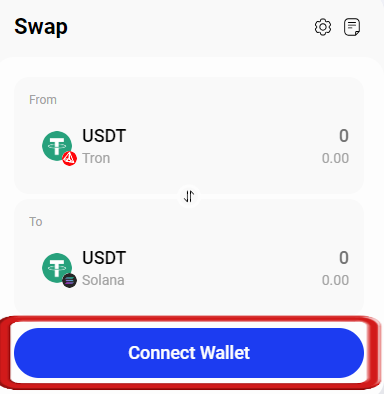
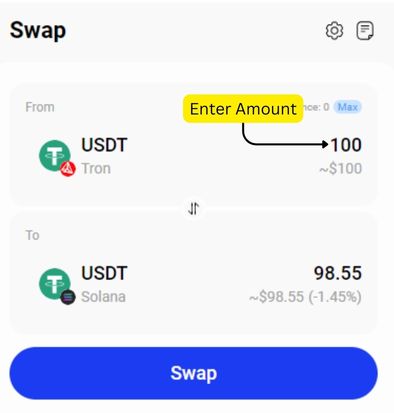
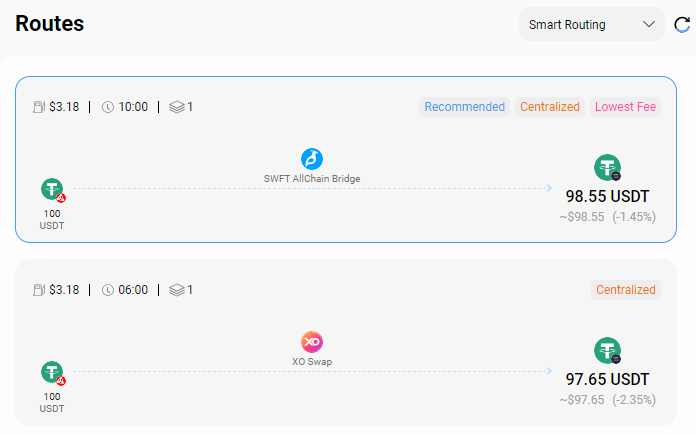
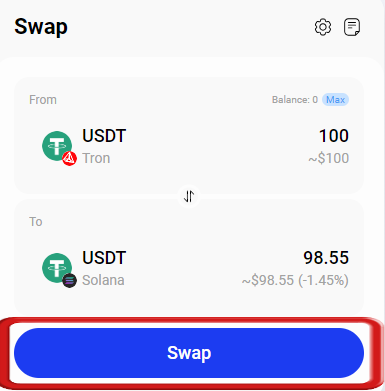

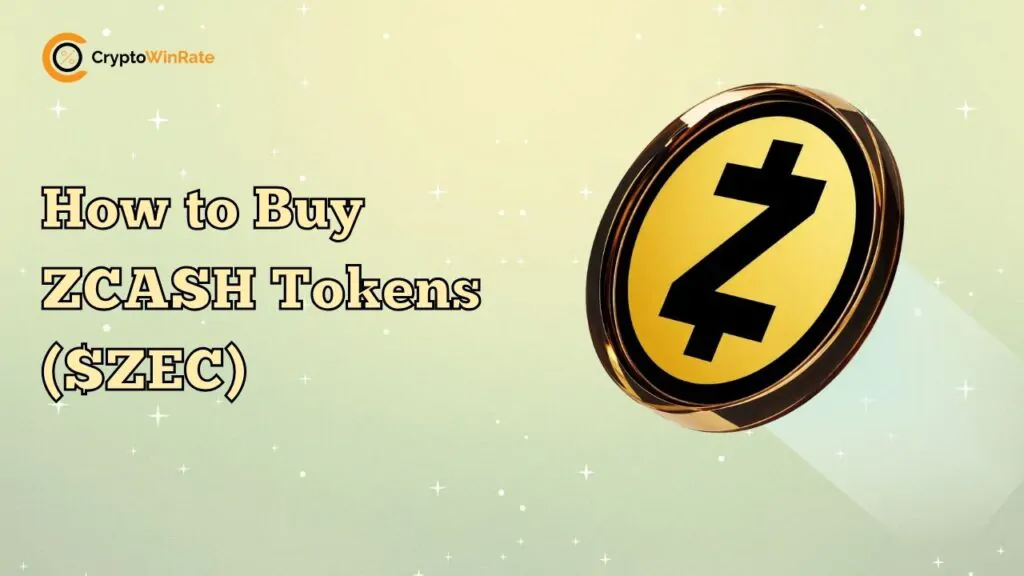
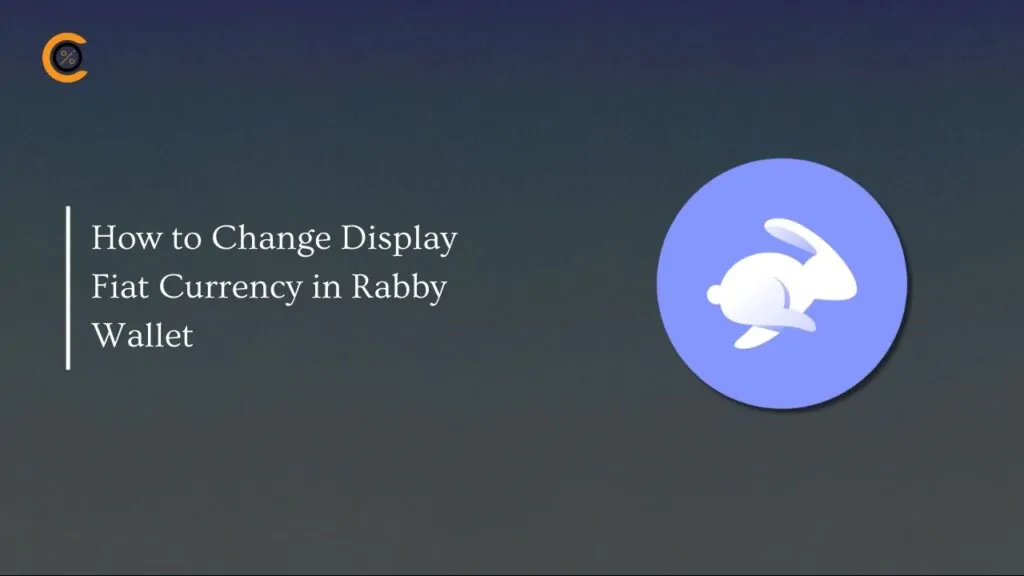
![How to Change Language in Rabby Wallet [2025 Guide]](https://www.cryptowinrate.com/wp-content/uploads/2025/12/How-to-Change-Language-in-Rabby-Wallet-2025-Guide-1024x576.jpg)
